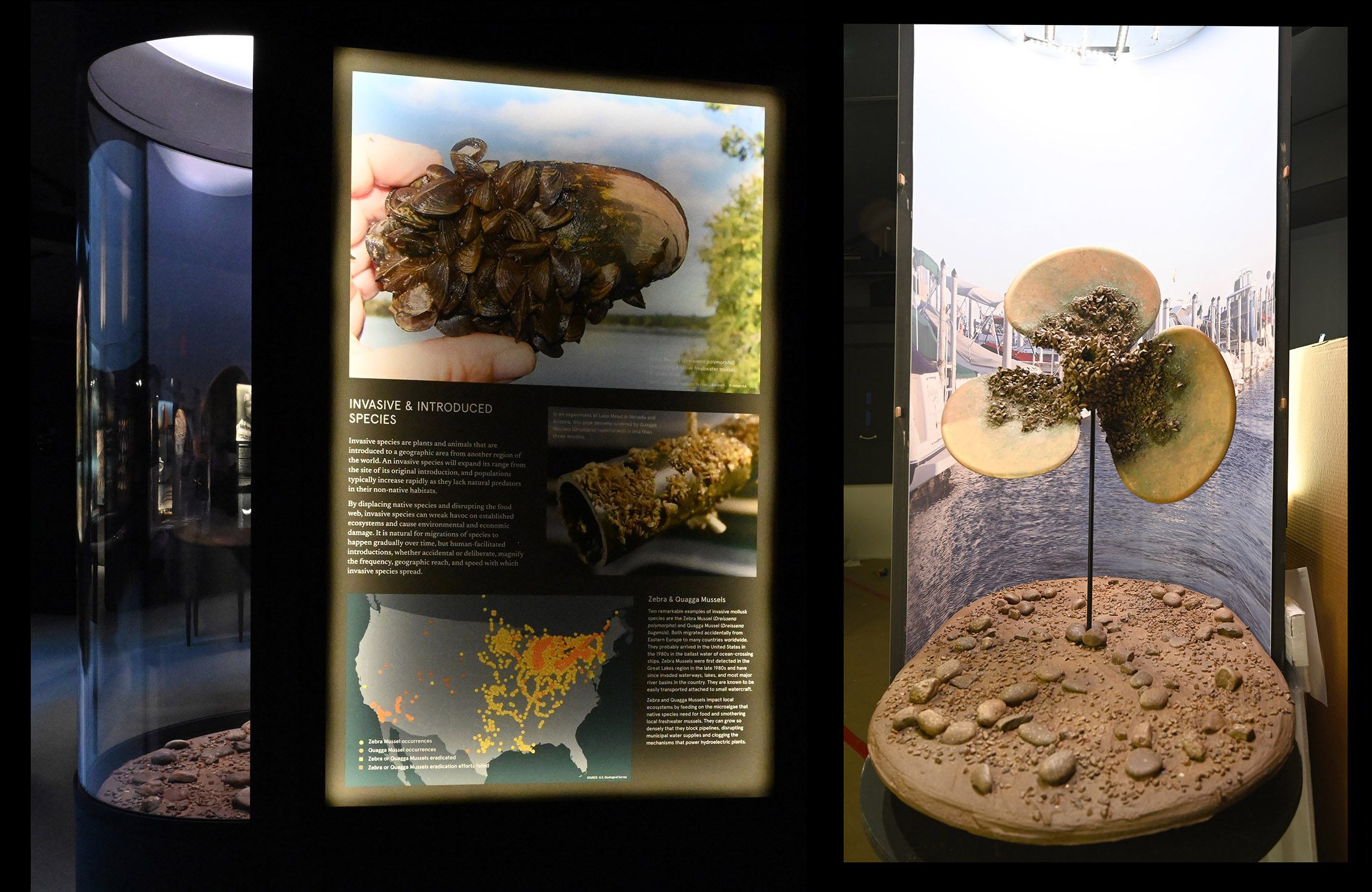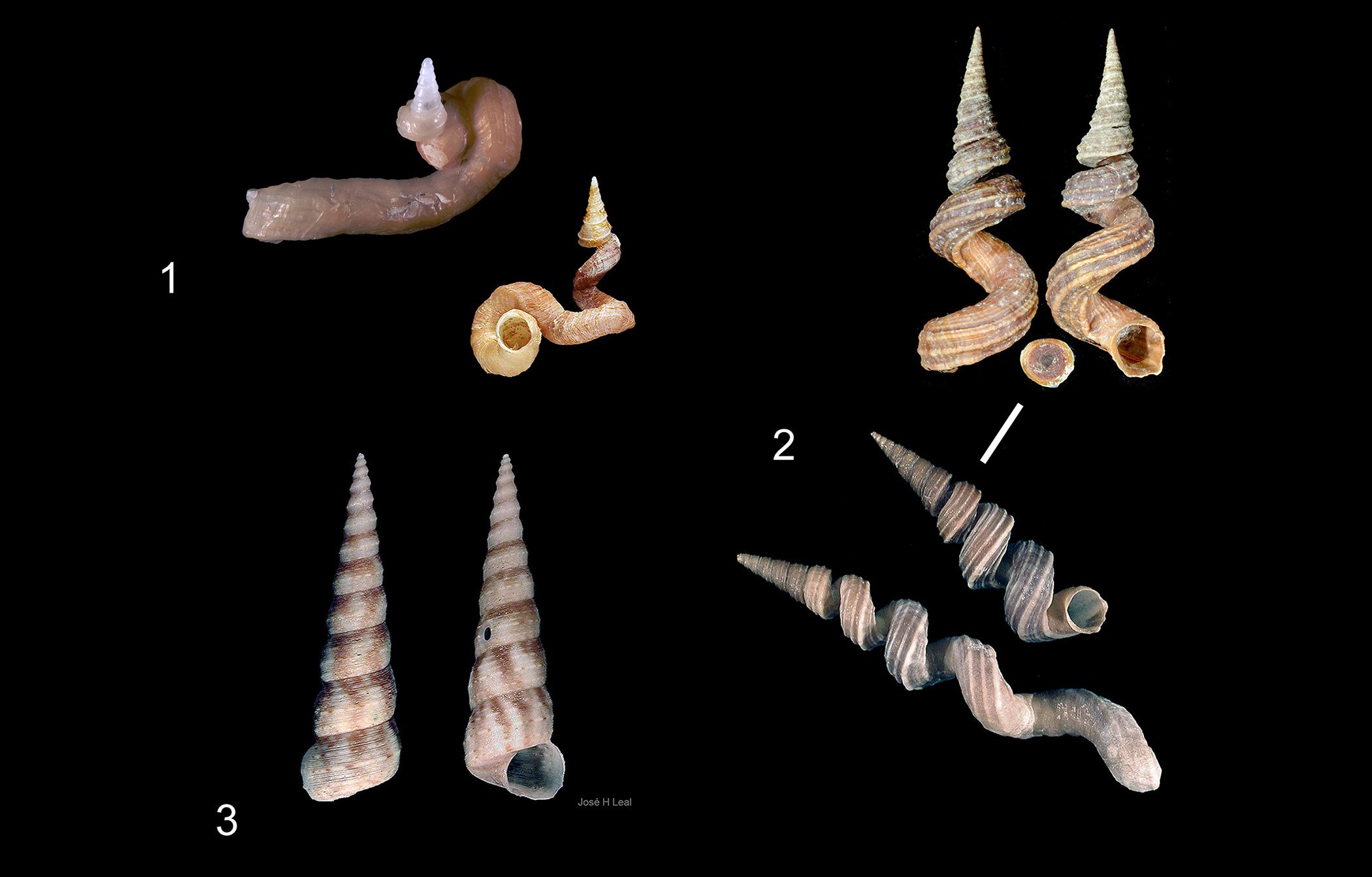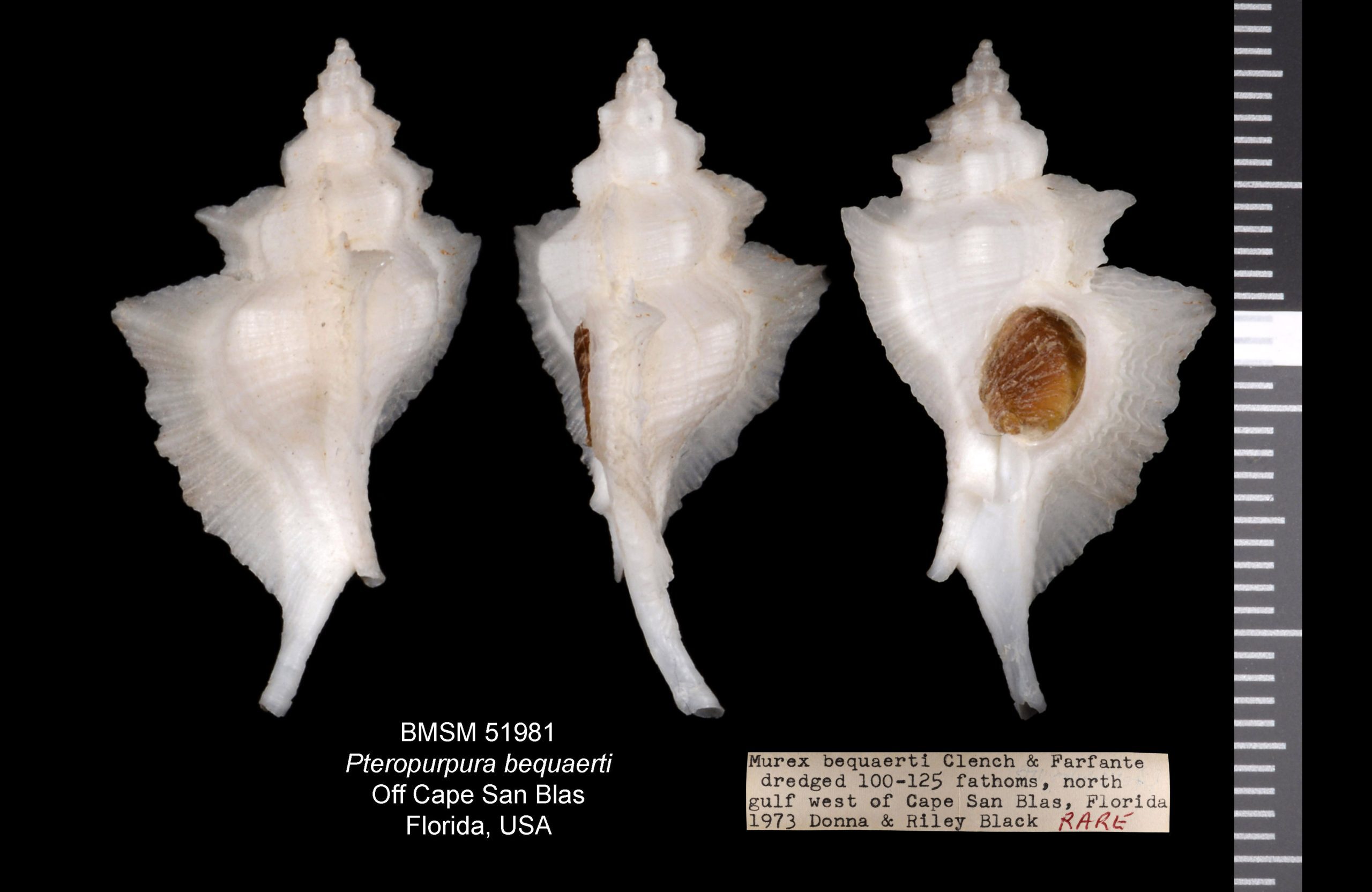The Giant African Snail, Lissachatina fulica, has returned for another “visit” to the Sunshine State. The species is native to East Africa, but has been introduced to many other parts of the world via the pet trade, as a food resource, and by accidental introduction, most likely with ornamental plants.
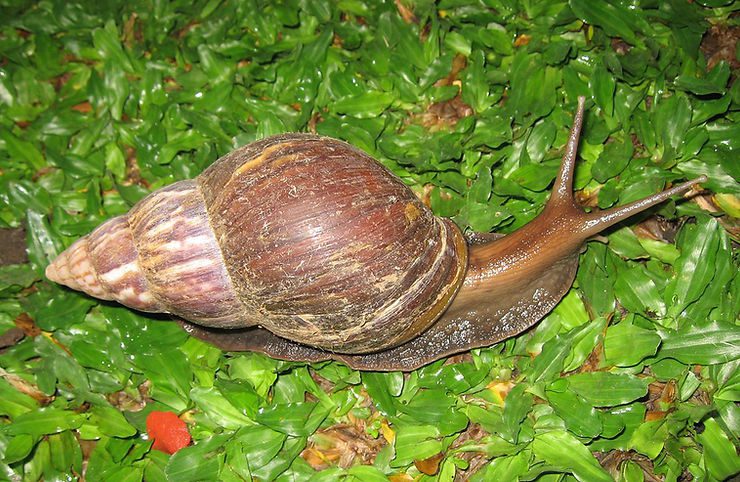 Giant African Snail. By Alexander R. Jenner – CC BY-SA 3.0. Wikimedia Commons.
Giant African Snail. By Alexander R. Jenner – CC BY-SA 3.0. Wikimedia Commons.
Authorities believe that the current invasion, first detected in New Port Richey, Pasco County, results from the illegal pet trade. Giant African Snails first invaded the Miami area in 1966, and were finally eradicated in 1975. Then, the species re-appeared in 2011, and after much work and spending, was again officially given as eradicated in 201 (last sighting in 2017). The efforts to eradicate the species cost millions of dollars and reroute other valuable resources into that difficult task. Why all the commotion, why do we need to eradicate the species? First, any species introduction has the potential to disturb the ecological balance among native species.
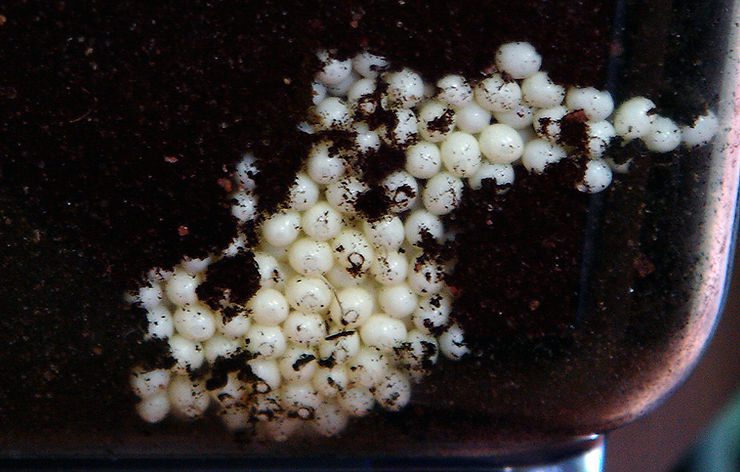 Eggs of the Giant African Snail.By Timur V. Voronkov – CC BY-SA 3.0, Wikimedia Commons.
Eggs of the Giant African Snail.By Timur V. Voronkov – CC BY-SA 3.0, Wikimedia Commons.
The Giant African Snail has no predators in Florida, and its populations are able to grow exponentially, given the species high reproductive potential. Giant African Snails can feed on more than 500 agricultural and domestic crops, can eat human-made materials such as plaster and stucco, and, to top it all off, are intermediary hosts to the Rat Lungworm, Angiostrongylus cantonensis, a parasitic nematode known to cause eosinophylic meningitis, a serious condition that can lead to death or permanent brain and nerve damage.Watch a brief interview I gave last week to nationwide Fox Weather, and read more about the species in the website of the Animal and Plant Health Inspection Service (APHIS) of the U.S. Department of Agriculture.
#giantafricansnail #lissachatinafulica #invasivespecies #ratlungworm #florida
